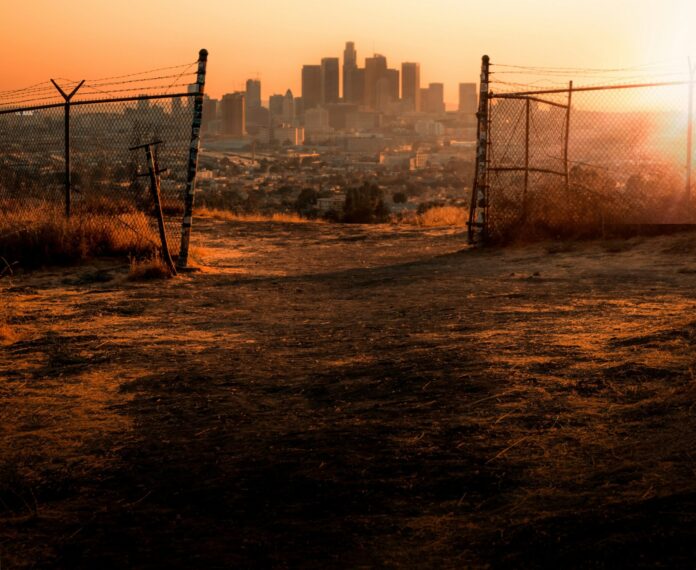The concept of “Armageddon” often evokes images of cataclysmic destruction and the end of civilization as we know it. However, the question of what might follow such an apocalyptic event remains a compelling subject of speculation. Whether we’re envisioning a global catastrophe caused by nuclear war, environmental collapse, or a large-scale pandemic, understanding what might unfold in the aftermath can offer insight into humanity’s resilience and potential for rebuilding.
Here, we explore the possibilities of what life could look like after Armageddon, focusing on the immediate aftermath, survival challenges, and the potential for human societies to rebuild in a drastically altered world.
1. The Immediate Aftermath: Chaos and Survival
In the wake of a world-ending event, the initial days and weeks would be marked by chaos and panic. Critical infrastructure, such as electricity grids, communication systems, and supply chains, would likely collapse, leaving survivors without access to basic necessities like food, clean water, and medical supplies.
Key challenges in the immediate aftermath would include:
- Lack of Resources: With production systems halted, survivors would need to rely on whatever resources they can scavenge. The fight for food, water, and medicine could become brutal, leading to potential conflicts among survivors.
- Collapse of Law and Order: In a world where governments and institutions are no longer functional, societal order would break down. People may form small groups or communities to protect themselves, often resorting to desperate measures to survive.
- Health Risks: Without functioning healthcare systems, outbreaks of disease could occur rapidly, especially if the event was linked to biological warfare or a pandemic. In addition, survivors would face the threats of injuries, malnutrition, and exposure to the elements.
2. Adapting to a New World
Once the initial chaos subsides, survivors would need to focus on long-term adaptation. In this new world, the ability to secure resources, defend against threats, and create a stable environment would be crucial.
Adaptation would involve:
- Forming Communities: Humans are social creatures, and the instinct to form communities would drive people to band together. Small, self-sufficient settlements could become the norm, with survivors pooling resources and skills to survive.
- Rediscovering Ancient Skills: Without modern technology, people would need to return to pre-industrial methods of farming, building shelters, and producing goods. Skills like foraging, hunting, fishing, and herbal medicine would be vital for survival.
- Alternative Energy: If fossil fuels are no longer accessible, survivors might turn to renewable energy sources, such as solar power, wind energy, or water wheels, to generate electricity. Those who can harness these technologies would have an advantage in rebuilding.
3. The Role of Technology in Rebuilding
While the initial phase post-Armageddon would involve primitive survival, the remnants of technology could play a crucial role in the recovery process. Any remaining knowledge, especially in the form of digital archives, books, or manuals, would be essential to gradually rebuild society.
Possible technological advancements might include:
- Solar-Powered Devices: Portable solar chargers could be invaluable for powering communication devices or medical equipment, even in a world without a central power grid.
- 3D Printing: If salvaged, 3D printers could allow survivors to produce critical components, tools, or medical supplies, enabling them to become more self-reliant.
- Decentralized Internet Networks: If some digital infrastructure remains, survivors could use mesh networks to create localized communication systems, which would be crucial for rebuilding communities.
4. Psychological Impact: Coping with Trauma
Surviving Armageddon would not just be a physical struggle but also a profound psychological challenge. People would face immense trauma from witnessing widespread death, destruction, and the collapse of everything familiar.
Addressing mental health in a post-apocalyptic world would include:
- Coping Mechanisms: Developing ways to process grief and trauma would be critical for the mental health of survivors. Communities could create support systems to help people cope with their experiences.
- The Role of Hope: Holding onto hope and a sense of purpose would be essential for rebuilding. This could take the form of religious or spiritual practices, or simply focusing on the future of the next generation.
- Storytelling and Preservation of Culture: As survivors try to rebuild, passing down stories, traditions, and cultural knowledge would be crucial in maintaining a sense of identity and continuity.
5. Reimagining Society: A Chance to Start Anew
After the dust settles, a post-Armageddon world might offer humanity a unique opportunity to rethink societal structures. The collapse of the old world could pave the way for new, more sustainable ways of living.
Opportunities for societal transformation might include:
- Decentralized Communities: Instead of large, centralized cities, society could shift towards smaller, self-sufficient communities that rely on local resources and renewable energy.
- Focus on Sustainability: With the knowledge of what led to the previous collapse, survivors might prioritize sustainable living practices, such as permaculture, eco-friendly technologies, and zero-waste systems.
- Equity and Inclusion: In a world where survival is the primary goal, traditional social hierarchies might break down, potentially leading to a more egalitarian society where skills and cooperation are valued over wealth or status.
A Future Beyond Armageddon
While the idea of an Armageddon is terrifying, it also holds the potential for rebirth. The challenges of surviving and rebuilding in a world that has been torn apart are immense, but history has shown that humanity is resilient. In the aftermath, there could be an opportunity to rebuild society in a way that is more sustainable, inclusive, and equitable.
As technology advances, we face an increasing number of existential risks, but these same technologies may also hold the key to our survival and recovery. Preparing for potential futures, learning from past mistakes, and prioritizing sustainability are essential if we are to create a world that can withstand and recover from catastrophic events.
The future may be uncertain, but with resilience, adaptability, and innovation, humanity can rise from the ashes of destruction to build a better world.

Photo by Daniel Lincoln on Unsplash
Views: 5






